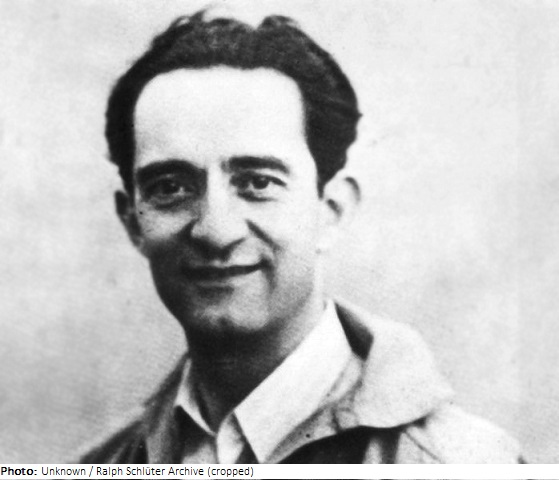Abolhassan Sadighi

Biographical information
| Roles | Competed in Olympic Games (non-medal events) |
|---|---|
| Sex | Male |
| Full name | Abolhassan•Sadighi |
| Used name | Abolhassan•Sadighi |
| Original name | ابوالحسن•صدیقی |
| Born | 5 October 1894 in Tehran, Tehran (IRI) |
| Died | 11 December 1995 (aged 101 years 2 months 6 days) in Tehran, Tehran (IRI) |
| NOC |  Islamic Republic of Iran Islamic Republic of Iran |
Biography
Abolhassan Sadighi was an Iranian sculptor and painter, known as “Master Sadighi”. He came from a family related to the then ruling Qajar dynasty (1789-1925). He started painting at school and, much to the displeasure of his family, attended the Kamāl-ol-Molk art school from 1917, graduating after three years. However, he had a desire for sculpturing, but there was no educational institution in Iran at the time. His teacher Ghaffārī (1848-1941) recognized his talent and set up a sculpture workshop at the art school. In 1925, Sadighi created his first stone statue. The reigning Ahmad Shah Qajar (1898–1930) then put him in charge of the new sculpture workshop at the College of Fine Arts.
In 1927 he traveled to France via the Soviet Union to continue his studies in Paris. Along the way, Sadighi continued to produce numerous paintings. In 1934 he returned to Iran and reopened the School of Fine Arts after it had been closed. After founding a second art school, which later became part of Tehran University, he taught there and became head of the stone sculpture department. From 1950, he created portraits of famous Persians for the National Construction Authority. In 1961 he finally gave up his teaching position and worked as a freelance artist. This enabled him to get to know Italy and its art on another trip to Europe.
During his stay there, the revolution in Iran took place, and as a result, iconoclasts damaged several of his statues. Planned projects had to be cancelled. Sadighi then spent his last years in seclusion in Iran and lived to the age of 101. He created 83 statues, including those of famous contemporaries such as the two Pahlavi shahs (Reza Shah Pahlavi, 1878-1944; Mohammad Reza Pahlavi, 1919-80) and historical figures.
In 1952, Sadighi submitted a life-size plaster statue of the Persian poet Abū ʾl-Qāsim Firdausī (910-1020). It was later transposed into Carrara marble with a height of 185 cm and erected in 1958 as a gift from the city of Tehran to Rome in the surroundings of Villa Borghese. A copy was later made for Firdausī’s tomb in the Iranian city of Tus. Sadighi’s first portraits of Firdausī were created as early as in the 1930s, however, some of them are lost; he produced a last statue of the standing Firdausī for the square of the same name in Tehran in 1971.
Results
| Games | Discipline (Sport) / Event | NOC / Team | Pos | Medal | As | |
|---|---|---|---|---|---|---|
| 1952 Summer Olympics | Art Competitions |  IRI IRI |
Abolhassan Sadighi | |||
| Sculpturing, Open (Olympic (non-medal)) |
List mentions
- Listed in Olympians Who Reached the Age of 100 (Participant in a non-medal event)